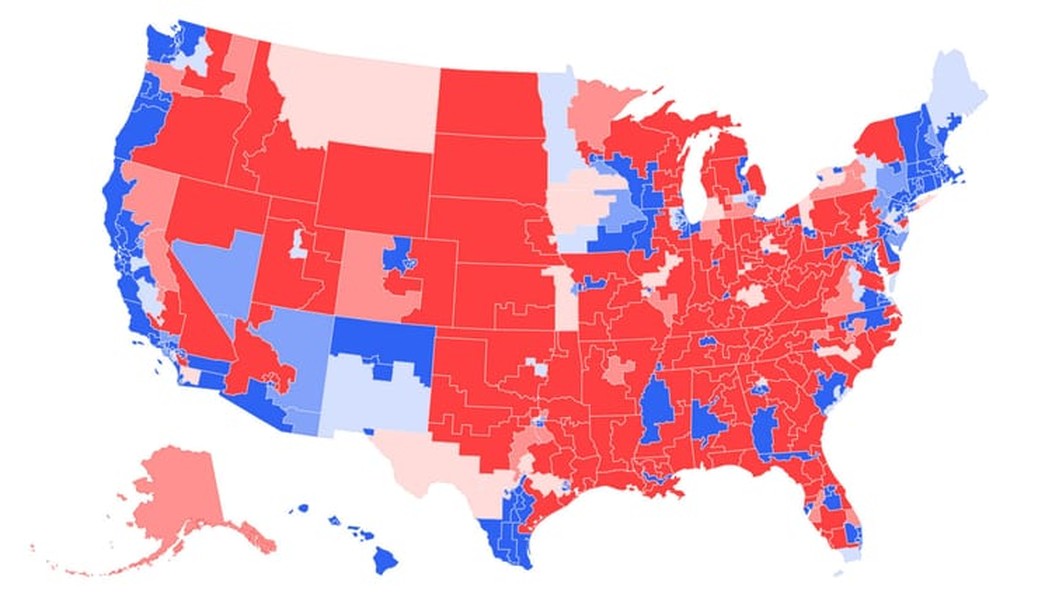With the 2020 census on the horizon, there’s been a lot of chatter about which states stand to lose seats and which stand to gain. This doesn’t just impact representation in Congress, but also the electoral power of each state in presidential elections—which everyone should know by now is determined by the Electoral College.
CNN’s Chris Cillizza looked at the projected changes and determined “the news is very good for the Southwest and South and not at all good for the industrial Midwest and Northeast.” Cillizza notes that “Texas is projected to be the biggest gainer post-2020, adding three more congressional districts due to massive population growth over the past decade.” Florida is also expected to gain two seats, while Arizona, Colorado, Montana, North Carolina and Oregon “are also projected to each gain another congressional seat.”
Who are the losers? Ten states are expected to lose at least one congressional district: Alabama, California, Illinois, Michigan, Minnesota, New York, Ohio, Pennsylvania, Rhode Island, and West Virginia.
To figure out what this all means, Cillizza went back and tracked the biggest changes in congressional representation since the 2000 census, and here’s what he calculated:
here are the biggest seat-gainers:
Texas (+9 seats)
Florida (+6)
Arizona (+4)
Georgia (+3)
Colorado (+2)
North Carolina (+2)
And the biggest losers:
New York (-5 seats)
Ohio (-4)
Pennsylvania (-4)
Illinois (-3)
Michigan (-3)
“That 30-year trend is unmistakable,” says Cillizza. “The South and Southwest are growing increasingly powerful. The Rust Belt is getting rapidly weaker.”
While the 2020 census won’t change anything for the upcoming election, it’s worth noting here that five of the six biggest seat-gainers were Trump states in 2016, and of the losers, Trump won three while Hillary won two. Michigan and Pennsylvania, two of the losing states, may have been won by Trump, but have mostly voted Democrat in recent elections. But, overall, the advantage is clearly for Republicans based on these trends.
How the electoral map is moving toward Republicans | Analysis by CNN's Chris Cillizza https://t.co/TT4kltWZTm pic.twitter.com/0GU5cjkGYA
— CNN Politics (@CNNPolitics) January 7, 2020
There is, however, a huge caveat. And I can’t overstate just how huge. The Republican stronghold of Texas has become increasingly competitive, and could become a swing state in future elections. It’s expected to vote Trump in 2020, but population changes over the years have increased liberal influence in the state, and down the road, Republicans may find themselves aggressively competing for Texas and it’s electoral votes. Should Texas ever go blue, Cillizza notes, “all of the smaller, more incremental gains for Republicans from population movement over the last few decades disappear.”
The bottom line here is that Republicans should not dismiss concerns about Texas trending purple, or even put it off. The time to address the problem is now.
_____
Matt Margolis is the author of Trumping Obama: How President Trump Saved Us From Barack Obama’s Legacy and the bestselling book The Worst President in History: The Legacy of Barack Obama. You can follow Matt on Twitter @MattMargolis










Join the conversation as a VIP Member